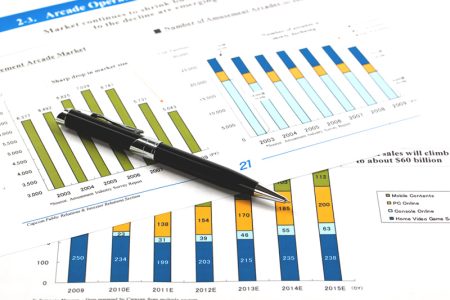Recent global economic indicators are playing a significant role in shaping Australia’s monetary policy, with deflationary patterns emerging in major economies. In the US, inflation in October stood at zero percent, bringing the annual rate down from 3.7% in September to 3.2%. Following this trend, the UK reported minimal price growth, reducing its annual inflation rate from 6.7% in September to 4.6% in October. These developments suggest that interest rate cuts could be on the horizon.
In Australia, early data from the Melbourne Institute indicates a slight decline in October inflation by 0.1%, which could lower the annual rate from September’s 5.6% to around 5.2%. The global downtrend in inflation has been attributed to factors such as oil price corrections after supply restrictions by Saudi Arabia and Russia, and an easing of supply chain issues.
Michele Bullock, Governor of the Reserve Bank of Australia, expressed concern over persistent demand pressures despite these easing conditions. She also pointed out the troubling practice of businesses passing on costs to consumers. In response to the US’s low-inflation announcement last Tuesday, the Australian dollar gained strength against its US counterpart, rising from 63.7 to 65.8 cents. This shift impacts local pricing and may reduce the pressure on domestic interest rates.
With these international economic shifts, Australian financial markets are predicting a low likelihood of further interest rate increases and are even considering the possibility of cuts in the upcoming year. This scenario offers some breathing room for Australia’s Reserve Bank, potentially allowing it to diverge from global interest rate trends.
This article was generated with the support of AI and reviewed by an editor. For more information see our T&C.
Read the full article here














